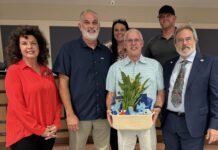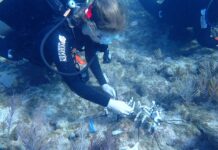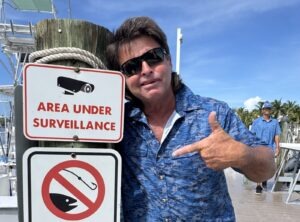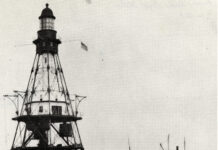
For the past few years, dive industry leader PADI and sister nonprofit PADI AWARE (formerly, Project AWARE) have been revamping the latter’s signature “Dive Against Debris” course. In June, they invited me and Rainbow Reef Dive Center in Key Largo to give it a test spin. The long and short of it: we loved it and were honored to be the first in the world to take the updated course.
Dive Against Debris actually started in 2011 as a way to bring together the many divers who were jumping in to clean up our oceans, said Jack Fishman, PADI AWARE’s community & campaigns officer. “Many divers were ‘doing the work’ but no one had created a meaningful way to report them.”
The program does so by training recreational divers on what marine debris is, why it’s harmful and how to safely remove it. Everything collected is taken to shore, where it is documented, counted and added to a global database of marine debris. More on this below.
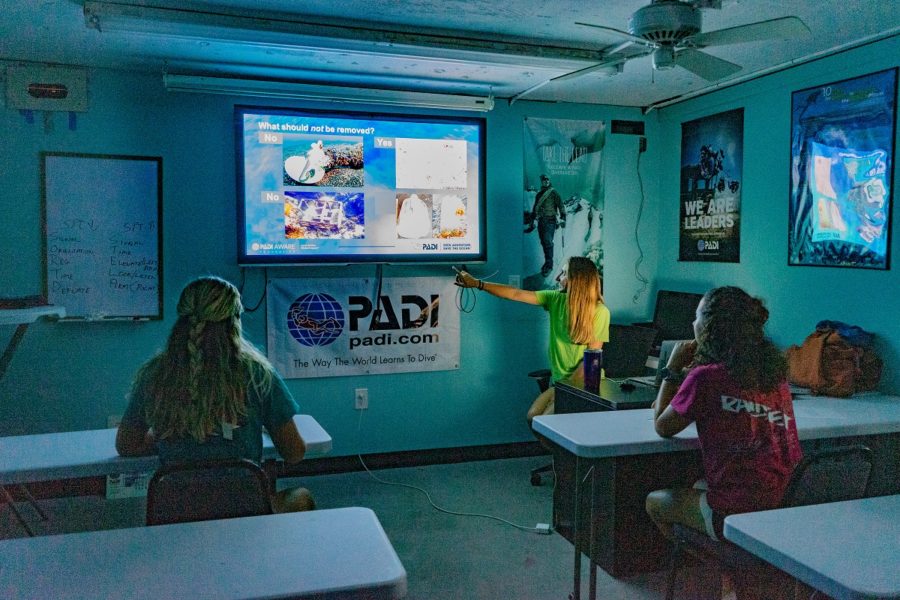
WHY US
It made sense to debut the new curriculum in the Florida Keys. Thanks to our massive coral reef, thousands of shipwrecks, clear turquoise waters and mostly-calm conditions, we’re a world-renowned dive destination. We also have tons of marine debris – from boating, fishing and storm debris. While these pose a literal weight on our reefs, they do provide an opportunity to bring together the community for positive change.
Dive Against Debris also has some history in Key Largo, at Rainbow Reef. Fishman became involved in underwater cleanups in a significant way while working at the dive shop years ago. For a period in 2016, when Fishman was in the Keys, Rainbow Reef was the largest Adopt-A-Dive-Site holder. Now, he helps to guide all things marine debris at the nonprofit.
“Dive Against Debris has always been about more than removing rubbish from our waters. As the flagship program at PADI AWARE, it is a key indicator of the evolution of conservation,” he said. When the program launched in 2011, it took roughly 8 years to reach 1 million pieces of marine debris removed worldwide. Yet, the second million pieces were collected in just over 3 years – “an incredible testament to the growth and strength of conservation action, and passion, in the dive industry,” he said.
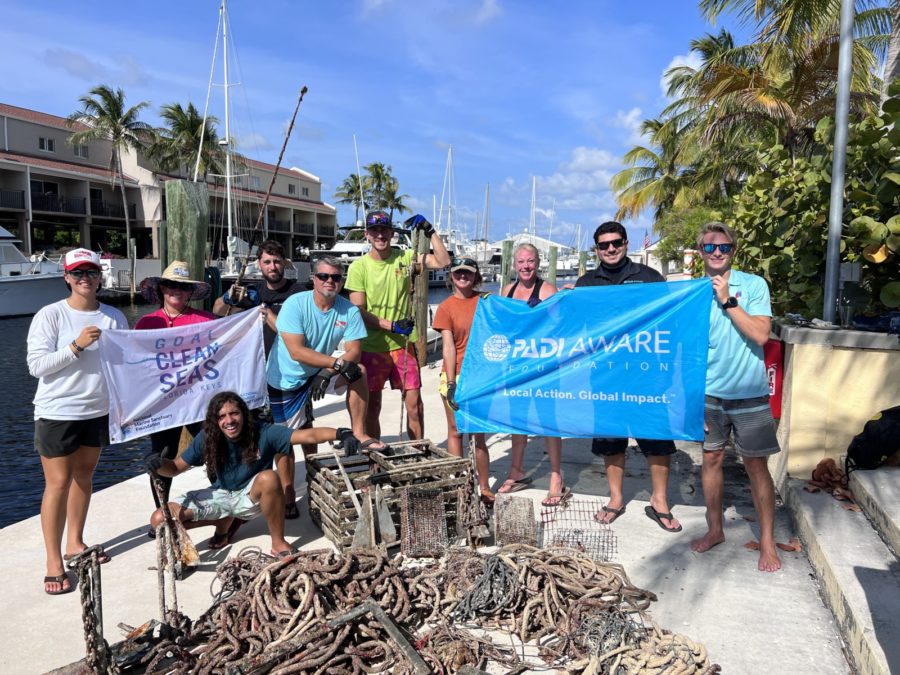
WHAT’S NEW
So, what’s great about the revamped course? Tons, actually.
Improved coursework and dive protocols make for a simple, yet effective, experience. The coursework boasts updated visuals and facts which make it more engaging and informative. There was a series of pictures that showcased very realistic “borderline” situations we run into on debris dives; as a class, we discussed what to when we encounter things like plastic with soft coral growth on it (hint: leave it); wood with nails in it (take it, if you can do so safely); and rope tangled around fragile coralheads (use your dive knife to cut around the tangled bits).
The most important thing I learned in the new coursework was how data collected by divers like me is being used to inform real-time, broad waste management policies. Until this course, I didn’t fully appreciate the global impact of very local actions.
For example, when we find and report tons of ghost trapline while diving in the Keys, we can help our BOCC and sanctuary officials make new regulations regarding how to secure traps during storms. Or, finding too many anchors near coral restoration areas can help create new no-anchor zones to protect this critical effort.
Furthermore, “no trash found” is still a useful datapoint, Rainbow Reef’s Bianca Blandshine said as she presented the new course to me. While finding nothing may feel like a letdown or failure of a Dive Against Debris, it actually is great for the ocean and helps policymakers recognize where cleanup efforts are working.
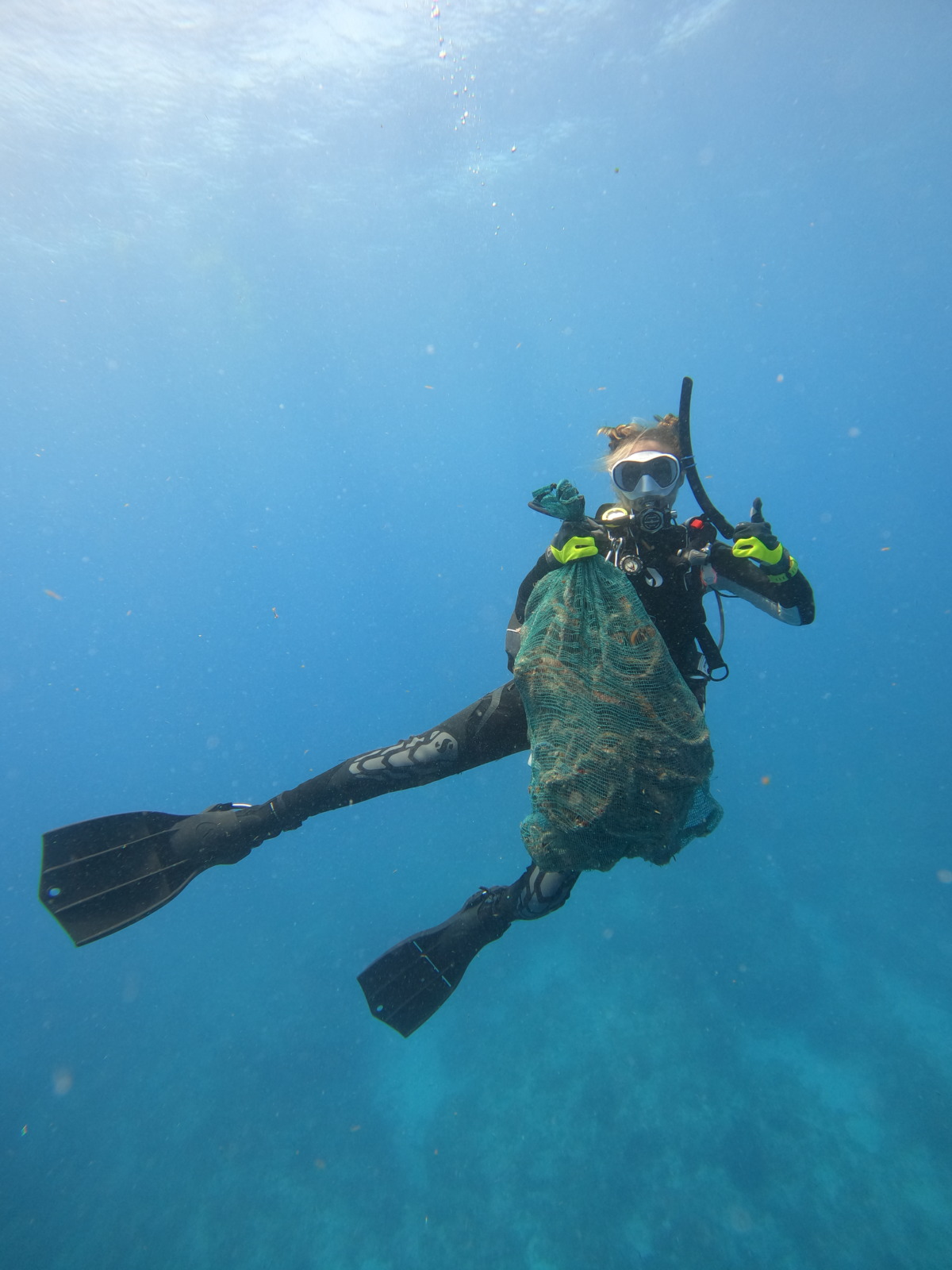
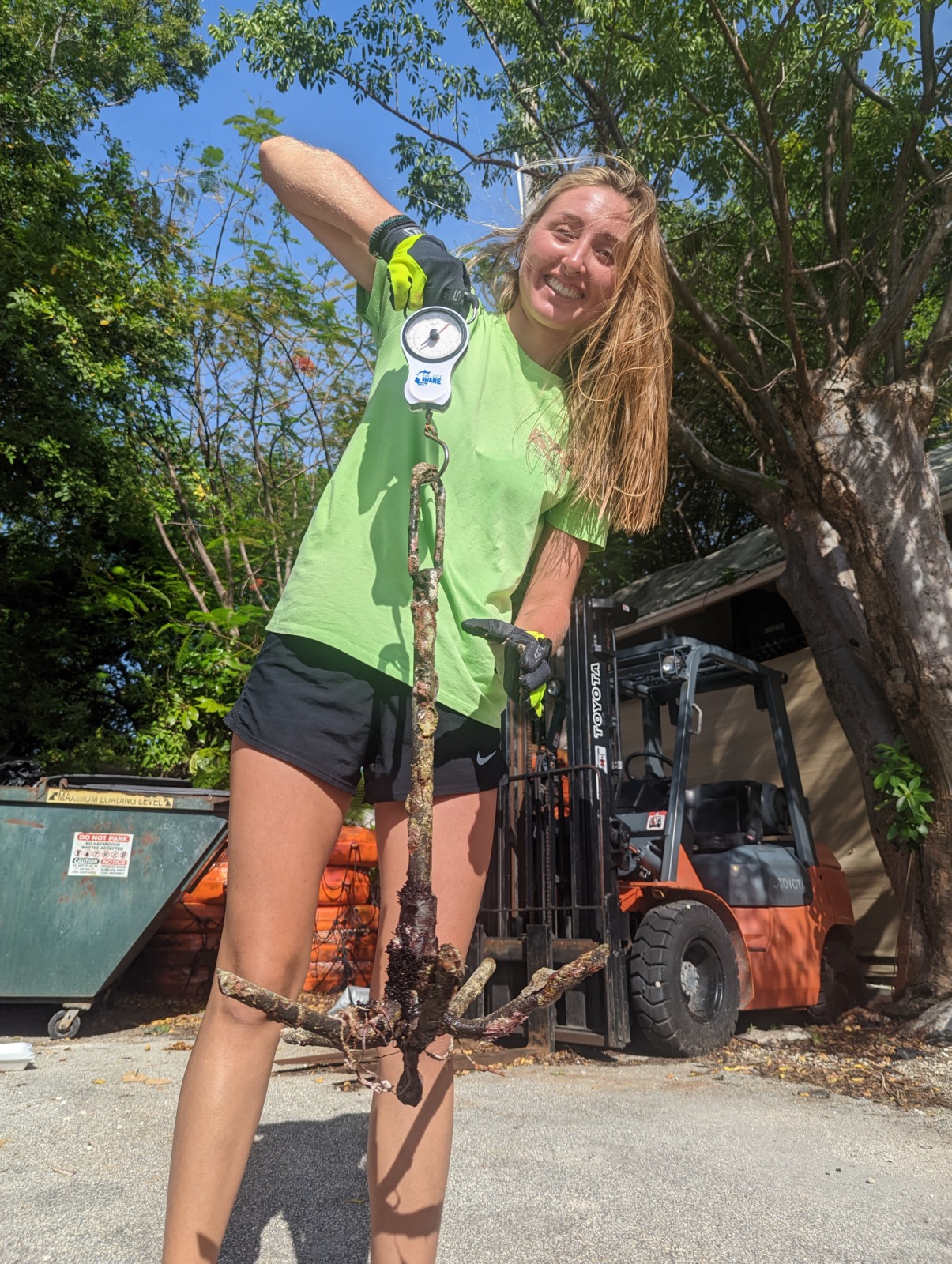
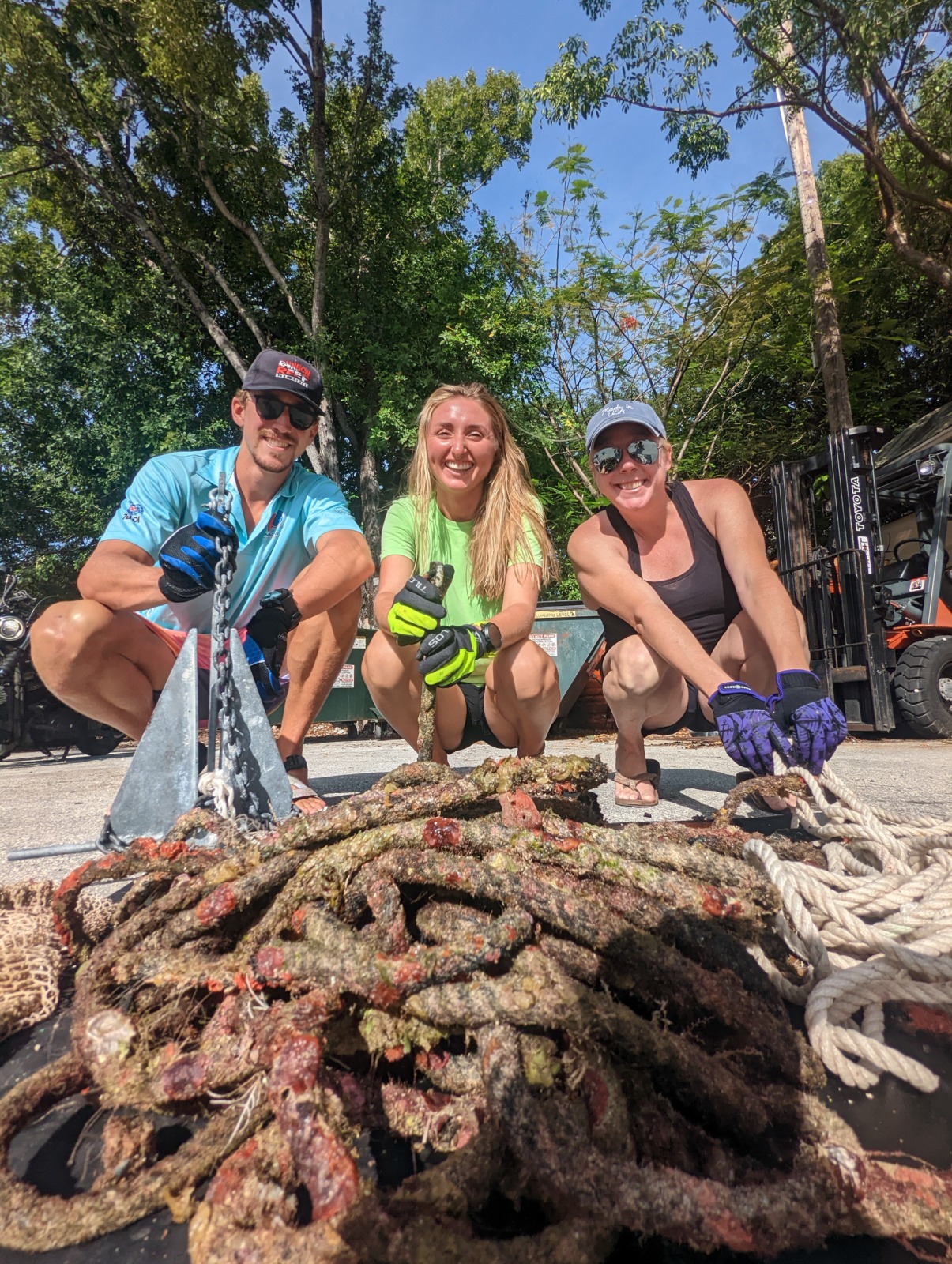
SHARING IT WITH THE WORLD
Now that the eLearning and new Dive Against Debris are live, it’s time to get in the water and survey more sites.
“We had the exciting opportunity to teach the very first pilot program for PADI’s eLearning for Dive Against Debris,” said Jennifer Pollom, Rainbow Reef’s director of conservation. “As one of the largest dive organizations in PADI Americas, we’re really at the forefront of being able to bring this to a lot of customers … and bring awareness to so many more people.”
“Dive Against Debris is my favorite course to teach,” an exuberant Blandshine added. “When you take people out there to see the effect of debris being taken up by ecosystems and awful pictures of sea turtles and manatees being entangled, coral being wrapped up with their own eyes, you change their heart and mind. And they see how much of a problem it really is and the effect they can really have through personal choices and taking action in Dive Against Debris.”
“It feels nice to help,” she concluded, as a diver and an instructor.






